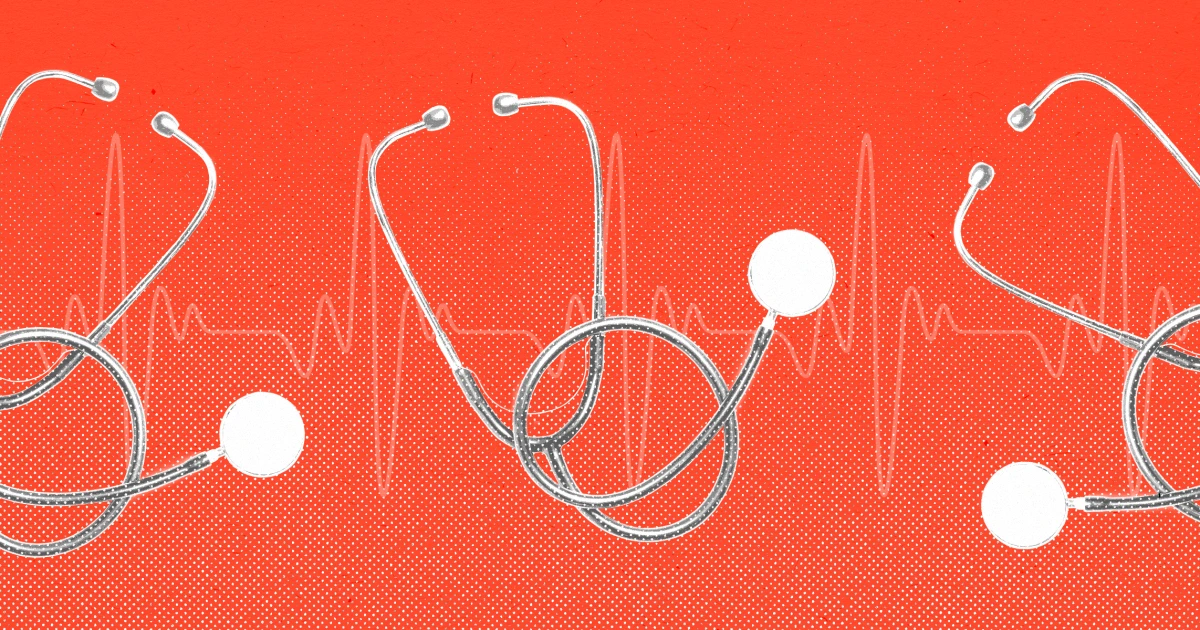
It’s important to know your numbers when it comes to heart disease risk.
Cholesterol levels, weight, blood pressure and A1C all offer vital clues when it comes to the state of your cardiovascular health and the chance of a heart attack or stroke happening down the road.
All of them can be improved with lifestyle or medicine to reduce the threat.
But there’s a key number you may be missing.
Cardiologist Tip of the Day: Watch Your Waist Size
When it comes to weight, many people focus on the number on the scale or their body mass index (BMI), but they should also pay close attention to their waist circumference, said Dr. Suzanne Steinbaum, a preventive cardiologist in New York.
“Because that in itself can increase the risk of cardiovascular disease,” she previously told TODAY.
Waist circumference should be less than 35 inches in women and less than 40 inches in men, Steinbaum said.
Why It Matters
A high waist circumference, even in people with normal weight, indicates abdominal body fat, which is associated with cardiovascular disease and is a predictor of mortality, according to a scientific statement from the American Heart Association.
This visceral fat, which accumulates deep in the belly and surrounds organs including the liver and intestines, “is a clear health hazard,” Dr. Tiffany Powell-Wiley, an investigator at the National Heart, Lung, and Blood Institute, told the AHA. While we all have it, an excess of visceral fat contributes to higher risks of heart attack, stroke and high blood pressure.
How to Get Started
Measure your waist regularly to determine if you’re carrying extra abdominal fat.
Also be aware of your waist-to-hip ratio, which has “the strongest and most consistent association with mortality” regardless of BMI, a 2023 study found.
To get it, divide your waist measurement by your hip measurement. A healthy ratio is less than 0.85 for women and 0.90 for men, the researchers wrote.
Women with bigger waists and waist-to-hip ratios have a greater heart attack risk than men who have a similar “apple shape,” researchers told the American Heart Association.
To reduce belly fat, be active every day with a combination of cardio and resistance training, registered dietitian Frances Largeman-Roth advises.
A 2024 study found people with obesity who get regular aerobic exercise store healthier fat in their bellies compared to their peers who don’t work out.
Strength training encourages excess post-exercise oxygen consumption (EPOC), which helps reduce visceral fat more effectively, Danielle Gray, a Start TODAY fitness expert, previously told TODAY.com.
Largeman-Roth also recommends reducing added sugar in your diet, eating more plants, getting enough protein and sticking to portion sizes as ways to reduce belly fat.



